Where the walls once spoke
This essay came first in the College category in the fifth Civil Rights Essay and Art Contest for 2025 by Hindus for Human Rights and International Commission for Dalit Rights.
 Representative image / Pexels
Representative image / Pexels
My grandmother kept her stories in geometric patterns. When I was seven, visiting her cramped Mumbai apartment during monsoon season, I watched her trace circles and triangles on the kitchen wall with white paste made from rice flour. "What are you drawing, Nani?" I asked, squatting beside her as rain hammered the tin roof above us. She paused, her wrinkled finger hovering over a half-completed square. "Maps," she said simply. "Maps of places that don't exist anymore."
I didn't understand then that I was witnessing the continuation of something ancient. That her seemingly simple wall art connected to a tradition of resistance stretching back centuries, when Warli women in Maharashtra villages encoded secrets within their geometric vocabulary.
When British administrators attempted to catalog and control tribal territories in 1818, chiefs like Thakur Koli discovered that traditional patterns could conceal guerrilla routes from colonial surveillance. What appeared decorative to foreign eyes was documentation to indigenous ones. The colonizers saw primitive art; the colonized saw sophisticated intelligence networks.
ALSO READ: Bangles that sing of sorrow and joy
The Bhagavad Gita teaches that karma binds action to consequence, but South Asian artists have always understood art as the bridge between suffering and transformation. During the early 20th century, as independence movements gained momentum, the Bengal School of Art emerged from Calcutta's intellectual ferment. Artists like Abanindranath Tagore synthesized folk traditions with Hindu imagery, creating what critics called "a distinctly Indian modernism." These weren't gallery pieces meant for aesthetic contemplation. They were visual manifestos declaring cultural independence before political independence seemed possible.
Rabindranath Tagore grasped colonialism's most insidious achievement: the systematic erasure of cultural memory. His educational philosophy centered on preserving indigenous knowledge through artistic expression. When British authorities banned Indian classical music in certain regions, tabla players encoded dissent into devotional songs. Temple courtyards became conservatories of the forbidden, where rhythm carried what words could not safely express.
The caste system, that millennia-old architecture of inequality, faced some of its most persistent challenges through art created by those it oppressed. Dalit poets like Namdeo Dhasal wielded Marathi verse with surgical precision, dissecting Brahmanical supremacy through language that no legal injunction could suppress. Their words spread through communities long before viral content existed as a concept, passed mouth to mouth, settlement to settlement, carrying the revolutionary idea that dignity was inherent.
But where do I see this tradition today? Everywhere I look.
During the 2020 farmers' protests at Delhi's borders, I watched livestreams of elderly Sikh men teaching young activists traditional folk songs, then witnessed those same melodies emerge hours later as background tracks for TikTok videos that circumvented government censorship. Punjabi bhangra merged with hip-hop beats, creating hybrid forms of expression that traveled faster than any algorithm could track or suppress. Like Chinese artist Ai Weiwei, who has "implemented an array of digital mediums to communicate and interact with" audiences beyond traditional galleries, contemporary South Asian artists understand that Instagram stories can carry the same disruptive power that cave paintings once held.
My cousin Priya, a graphic designer in Bangalore, embeds QR codes within traditional Warli geometric patterns for her street art. Viewers scan her walls with their phones and find themselves watching documentary footage of slum demolitions, hearing testimonies from displaced families. She's continuing what our grandmother began: using ancient visual languages to document contemporary injustices. The medium has evolved from rice paste to augmented reality, but the methodology remains unchanged.
Today, "50 South Asian artists examine what it means to be a bystander versus an ally," their work addressing everything from Kashmir's communication blackouts to Bangladesh's garment worker rights. Mumbai-based artist Shilo Shiv Suleman creates digital murals that make invisible injustices visible, her projections of missing women activists appear on city walls.
The philosophical concept of rasa suggests that art's highest purpose is emotional transformation, but South Asian artists have always pursued something more ambitious: systemic transformation. When Pakistani transgender artist uses traditional henna patterns to map scars from conversion therapy, she practices the same alchemy that Warli women perfected centuries ago.
I think about my grandmother's kitchen wall, those circles and triangles that seemed so simple to my seven-year-old eyes. She was teaching me that resistance doesn't always announce itself with raised fists or shouted slogans. Sometimes it whispers through geometric patterns, hums through folk melodies, moves through dance steps passed down across generations. Sometimes it looks like decoration to those who don't know how to read it.
The British left India decades before I was born, but their methodologies persist in new configurations: algorithmic bias, digital surveillance, economic apartheid. Contemporary South Asian artists recognize what their ancestors knew, that documentation is survival, that making injustice visible is the first step toward making it intolerable.
Last month, I visited my grandmother's apartment again. The kitchen wall where she used to paint has been covered with modern tiles, her geometric patterns erased by renovation. But in her bedroom, I found a notebook filled with sketches—the same circles, triangles, and squares, accompanied by detailed notes about family histories, migration stories, and memories of partition. Even at eighty-three, she continues mapping places that exist only in memory, preserving what might otherwise be lost.
Her maps have become my inheritance. In my room, I've started my own version of this practice, collecting digital archives of contemporary resistance art, documenting how traditional forms evolve in response to new oppressions. And so, I’ve come to realize, the geometry remains constant; only the canvas changes.
ADVERTISEMENT
ADVERTISEMENT
E Paper
Video



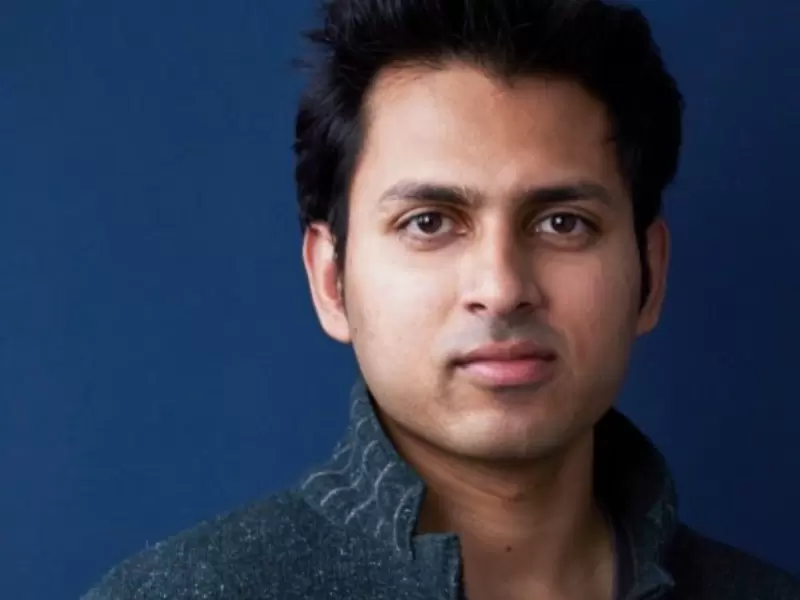
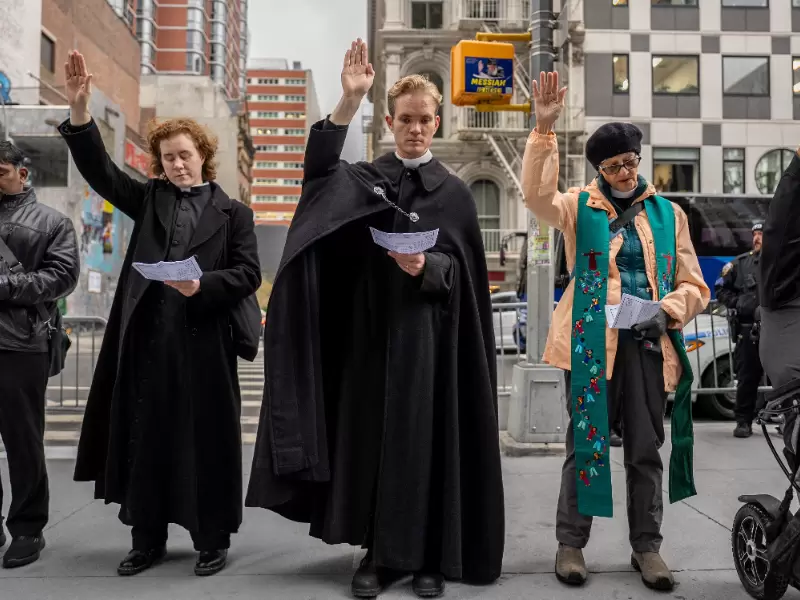

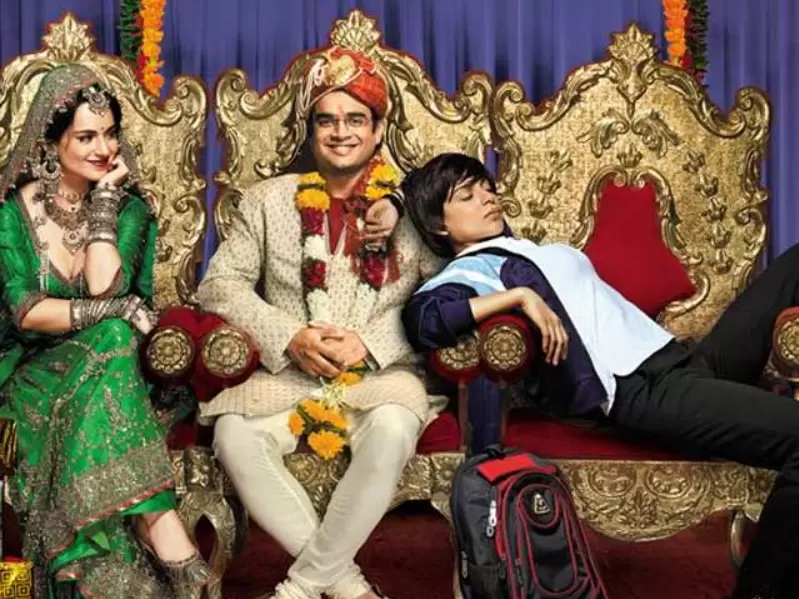



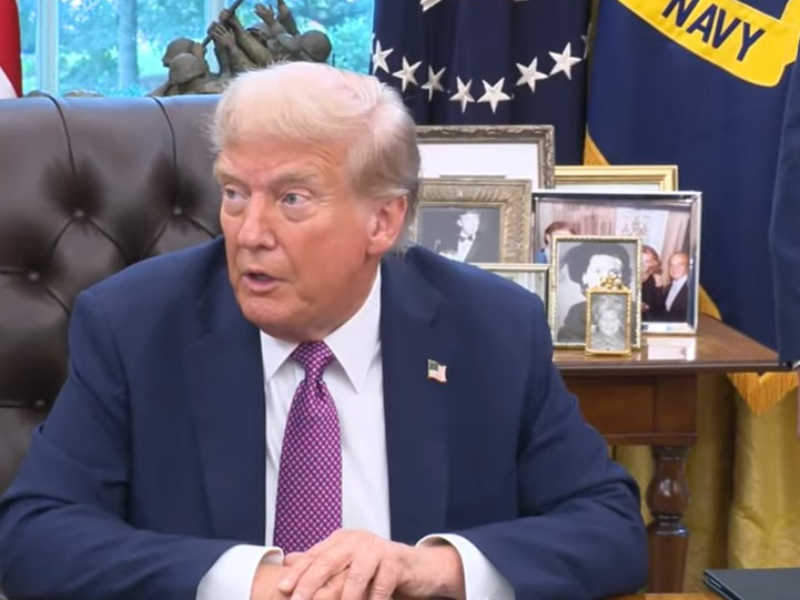



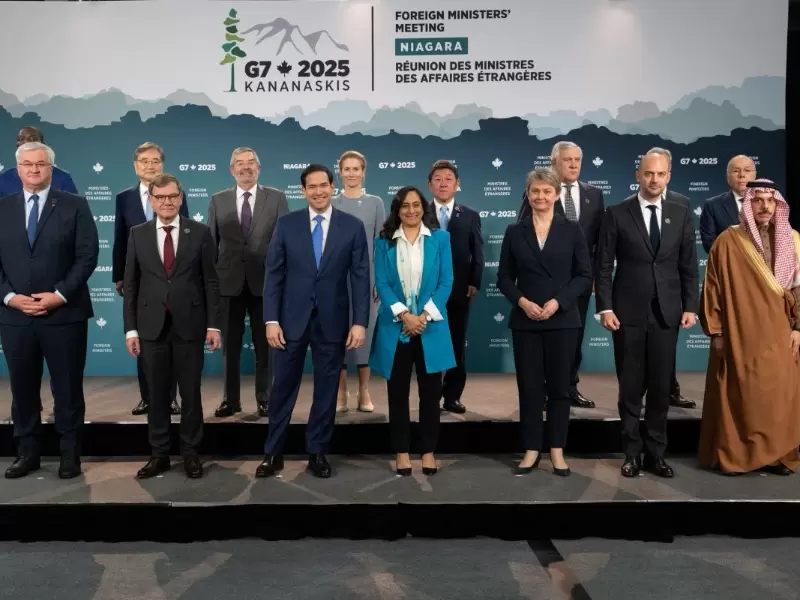

Comments
Start the conversation
Become a member of New India Abroad to start commenting.
Sign Up Now
Already have an account? Login